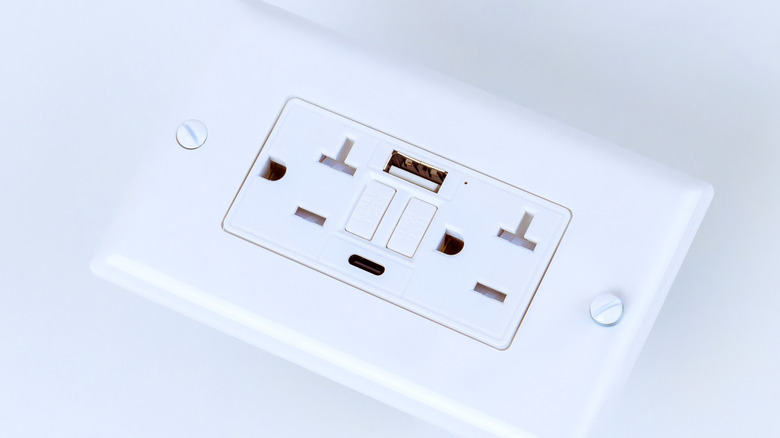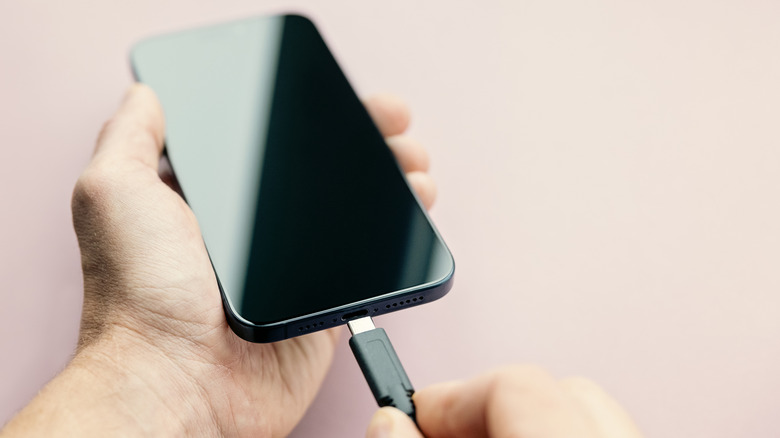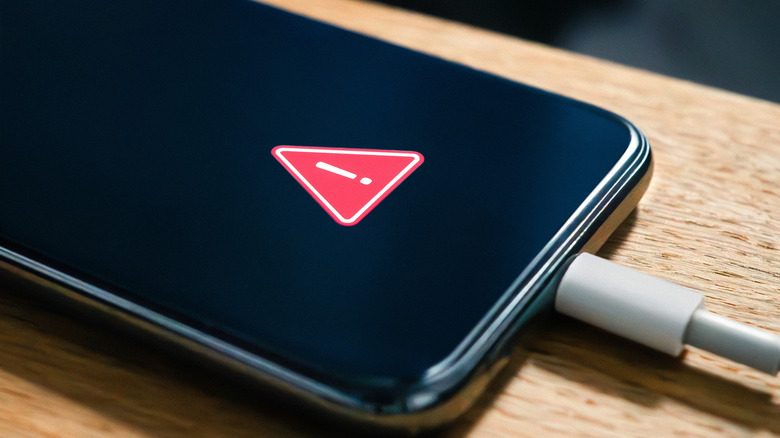We may receive a commission on purchases made from links.
USB charging is everywhere, and if you have a newly built apartment or home, you may have a USB wall socket. It makes life convenient for those of us with several gadgets, eliminating the need for multiple power adapters. While providing a great way to charge devices such as smartphones, tablets, smartwatches, and other gadgets, these outlets don’t typically have on/off switches. As a result, it’s understandable to wonder if these outlets are consuming power even when nothing is plugged in.
While USB outlets do draw a bit of power even when nothing is plugged in, it’s only 0.05 watts typically. This is a marginal power draw and should have next to no impact on your household energy. If you consider that some light bulbs will use 60W of electricity while turned on, by comparison, the 0.05W used by USB outlets in standby mode amounts to barely anything on your electrical bill.
Should you unplug USB cables when they’re not in use?
Ultimately, the power draw of both USB Type-A and USB Type-C wall sockets is tiny. Even with a USB cable plugged in and no device connected, the power draw should remain at 0.05W.
When connected, the power your USB outlets draw depends on the device that is plugged in. Laptops, game consoles, or smartphones draw the most power, while earbuds or smartwatches draw less. For example, a MacBook Pro requires between 60 and 140-watts of power, whereas smartwatches such as the Apple Watch Series 10 only need a minimum of 5-watts to charge.
If you’re worried about high energy costs and using too much power, it’s always best practice to unplug any devices that aren’t needing a charge. Unplugging your device after it’s fully charged can also help prolong your device’s battery. Lithium-ion batteries can only be charged from 0% to maximum charge so many hundred times, and when the battery is kept at a high charge voltage, this will accelerate this chemical aging process.
USB best charging practices
Leaving a fully charged device on its charger can run up your electrical bill and alter the lifecycle of the battery, so it’s a good idea to unplug it once it’s fully charged. Additionally, you should know that not all USB cables are made equally. It’s best to shop for high-quality cables from reputable brands, or buy cables directly from the manufacturer of the device in question; if you’re buying a cable for your iPhone, try to buy your cable directly from Apple.
Reliable brands like Belkin and Anker are worthwhile options too. For example, Belkin offers this USB Type-A to USB Type-C 15W Charger – which is ideal for smartphones — for only $10, or even less in certain deals. It has an average 4.7 out of 5.0 rating on Amazon, with over 4,400 reviews. For high-powered devices like laptops, the Anker 100W USB-C Charging Cable is a top pick. Priced around $16, or less, it also boasts a 4.7 average star rating with more than 20,000 reviews.



